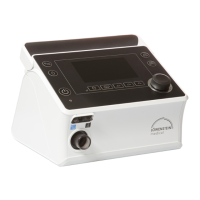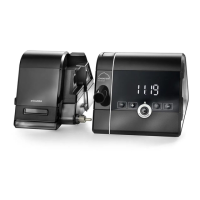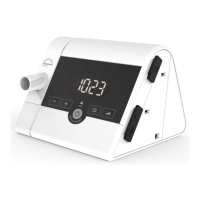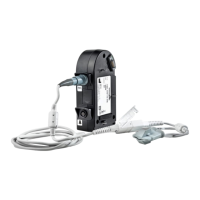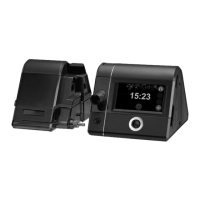What to do if Lowenstein Medical Fan does not reach the set target pressure?
- CCurtis TurnerAug 2, 2025
If your Lowenstein Medical Fan device isn't reaching the set target pressure, there are a few potential causes. First, the air filter might be dirty, in which case you should clean it. If cleaning doesn't help, consider replacing the filter. Another possibility is that the breathing mask is leaking. Try adjusting the headgear to ensure the mask is tight. If the mask is still leaking, you might need to replace it. Finally, the circuit may not be detected properly, so perform a tube test.
